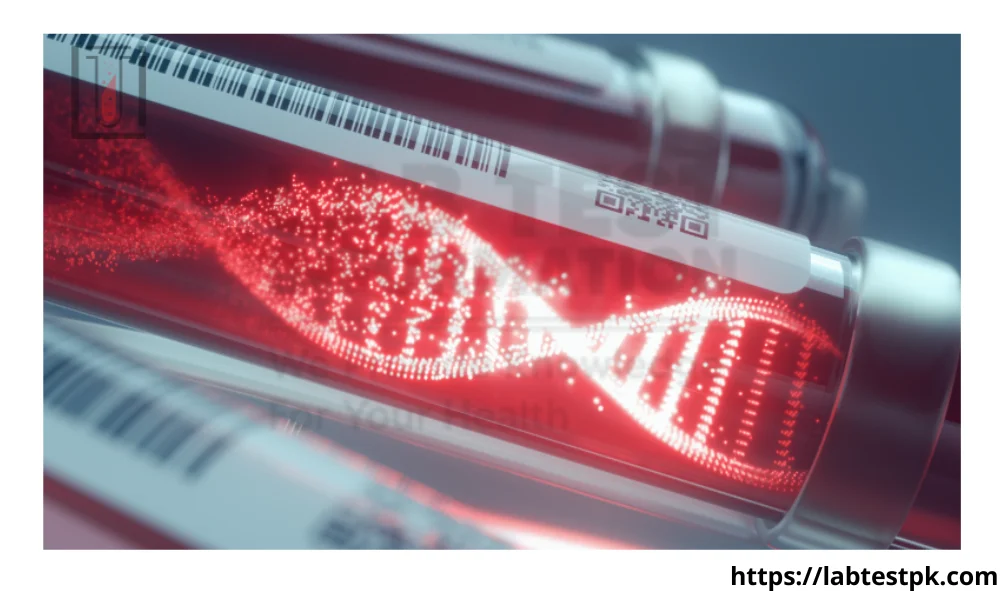Red cell phenotype
Red cell phenotype, The term “red cell phenotype” typically refers to the characteristics or traits exhibited by red blood cells (RBCs), particularly in the context of blood group systems. RBCs play a crucial role in transporting oxygen from the lungs to the rest of the body and returning carbon dioxide from the body to the lungs for exhalation.
Blood group systems are classifications of blood based on the presence or absence of specific antigens and antibodies. The most well-known blood group system is the ABO system, which classifies blood into four main types: A, B, AB, and O. Another important blood group system is the Rh system, which categorizes blood as Rh-positive (presence of the Rh factor) or Rh-negative (absence of the Rh factor).
The red cell phenotype, therefore, includes information about the blood group, such as the ABO and Rh types, and may involve additional details about other blood group systems. The determination of red cell phenotype is essential in blood transfusions to ensure compatibility between the donor and recipient blood.
In addition to the ABO and Rh systems, there are numerous other blood group systems, each characterized by specific antigens or proteins present on the surface of red blood cells. These systems include the Kell system, Duffy system, Kidd system, and many more. The red cell phenotype can be described by identifying the presence or absence of antigens in these various blood group systems. Understanding the red cell phenotype is crucial in medical contexts, such as blood transfusions and organ transplantation, to prevent immune reactions and ensure the compatibility of blood products.
Some key aspects of red cell phenotypes:
-
Blood Group Antigens: The presence or absence of specific antigens on the surface of red blood cells determines an individual’s blood group. The most well-known blood group systems are the ABO and Rh systems. For example, someone with type A blood has A antigens on their red cells, while someone with type O blood has neither A nor B antigens.
-
Hemoglobin Variants: Different types of hemoglobin can be present in red blood cells, such as Hemoglobin A (HbA), Hemoglobin S (HbS, associated with sickle cell disease), and Hemoglobin C (HbC). These variants can affect the function and shape of the red blood cells.
-
Enzyme Deficiencies: Certain enzymatic defects can influence red cell phenotype. For instance, Glucose-6-Phosphate Dehydrogenase (G6PD) deficiency can lead to hemolytic anemia under certain stress conditions.
-
Membrane Proteins: The composition and structure of proteins in the red blood cell membrane can affect cell shape, flexibility, and durability. Conditions like hereditary spherocytosis or elliptocytosis result from abnormalities in membrane proteins.
-
Cell Shape and Size: Red blood cells typically have a biconcave shape, but variations can occur due to genetic or acquired conditions. For example, sickle-shaped cells are characteristic of sickle cell anemia, and large, oval-shaped cells can be seen in megaloblastic anemia.
-
Osmotic Fragility: This refers to the susceptibility of red blood cells to hemolysis when placed in hypotonic solutions. Certain conditions can increase the osmotic fragility of red blood cells, making them more likely to rupture.
-
Red Cell Indices: Parameters like Mean Corpuscular Volume (MCV), Mean Corpuscular Hemoglobin (MCH), and Mean Corpuscular Hemoglobin Concentration (MCHC) are used to describe the size and hemoglobin content of red blood cells, providing insights into various anemias and other hematologic disorders.


[…] element that plays a crucial role in various physiological processes, including the formation of red blood cells, the maintenance of nerve cells, and the function of the immune […]
[…] blood cells release enzymes that contribute to the chemotactic response, guiding the movement of immune cells toward sites of infection or […]
[…] antitrypsin is to protect tissues in the body from enzymes produced by white blood cells. In the lungs, it helps prevent the breakdown of lung tissue by inhibiting an enzyme called neutrophil elastase. […]
[…] are collected to determine the patient’s blood type (ABO and Rh) and to crossmatch with the donor blood to ensure compatibility. This step is critical to prevent transfusion […]
[…] sensitization: If the mother is Rh-negative and the fetus is Rh-positive, there’s a risk of Rh sensitization, where the mother’s […]
[…] is the disease caused by Blastomyces dermatitidis. The primary site of infection is the lungs, and the symptoms can range from flu-like symptoms to severe respiratory and systemic […]
[…] by the presence of abnormal hemoglobin, called hemoglobin S (HbS), in red blood cells. This abnormal hemoglobin causes red blood cells to become misshapen and less flexible, leading to blockages in blood vessels and a variety of health […]
[…] is a protein containing iron that facilitates the transport of oxygen in red blood […]